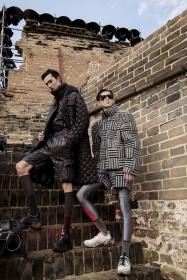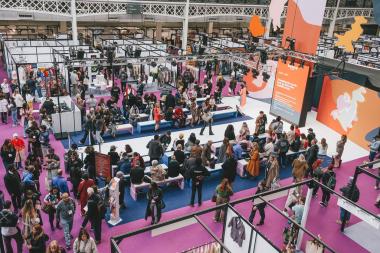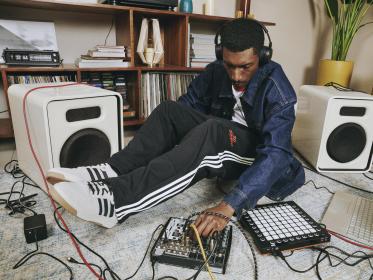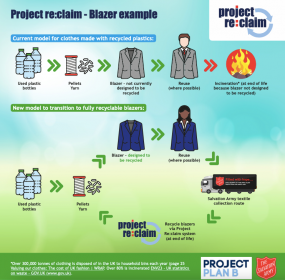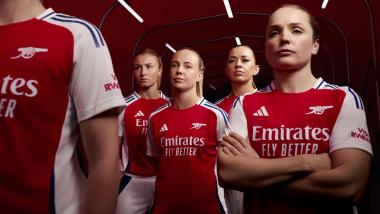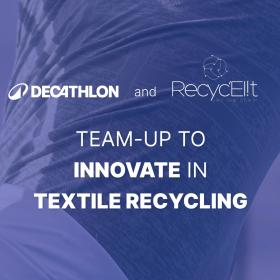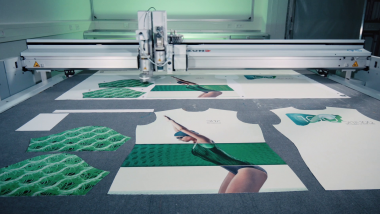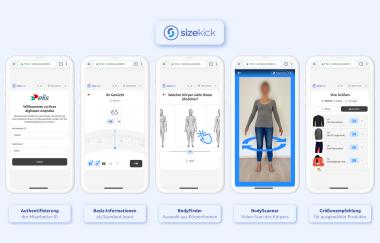PVH: Search for new European Leader
PVH Corp. announced that Martijn Hagman, CEO of Tommy Hilfiger Global and PVH Europe, will be leaving the Company. He will serve in an advisory capacity to facilitate a smooth transition.
Lea Rytz Goldman, Tommy Hilfiger Global President, leads the global brand, reporting directly to PVH CEO Stefan Larsson. David Savman, PVH’s Chief Supply Chain Officer, will serve as Interim CEO for PVH Europe. The Company has launched a search for a new European leader.
PVH Corp.











